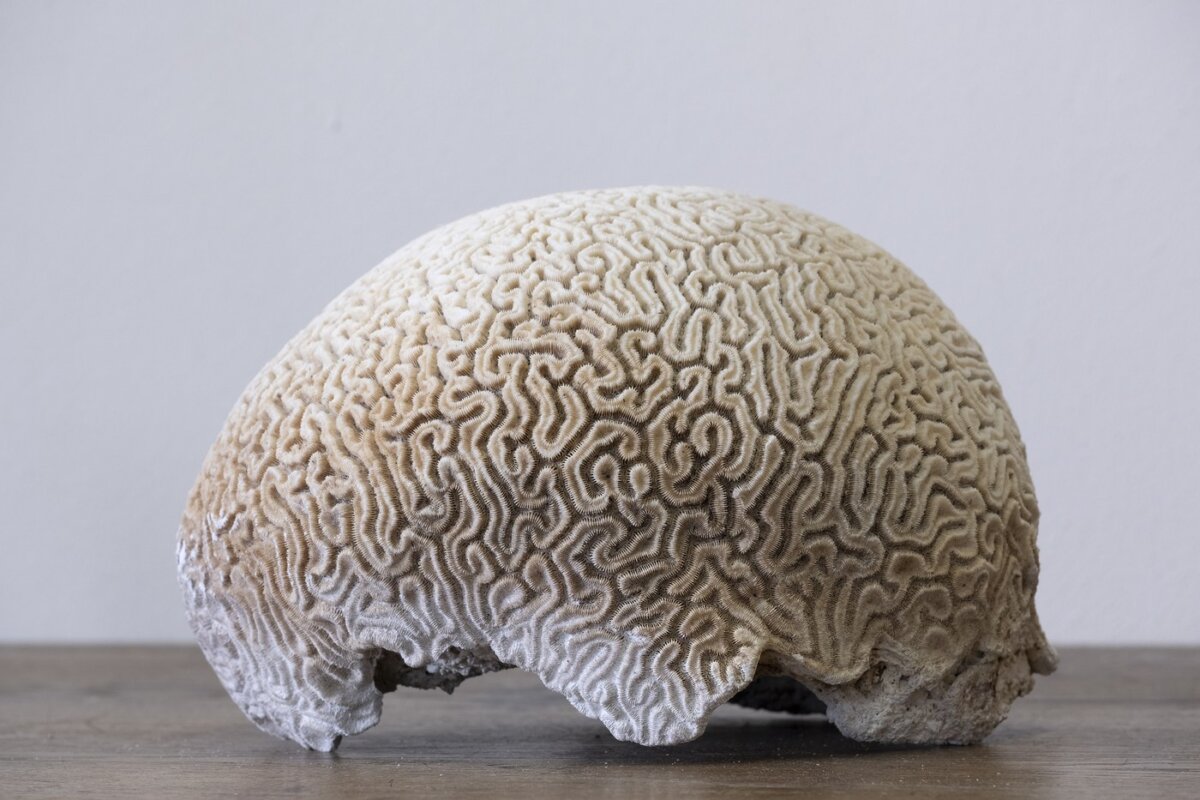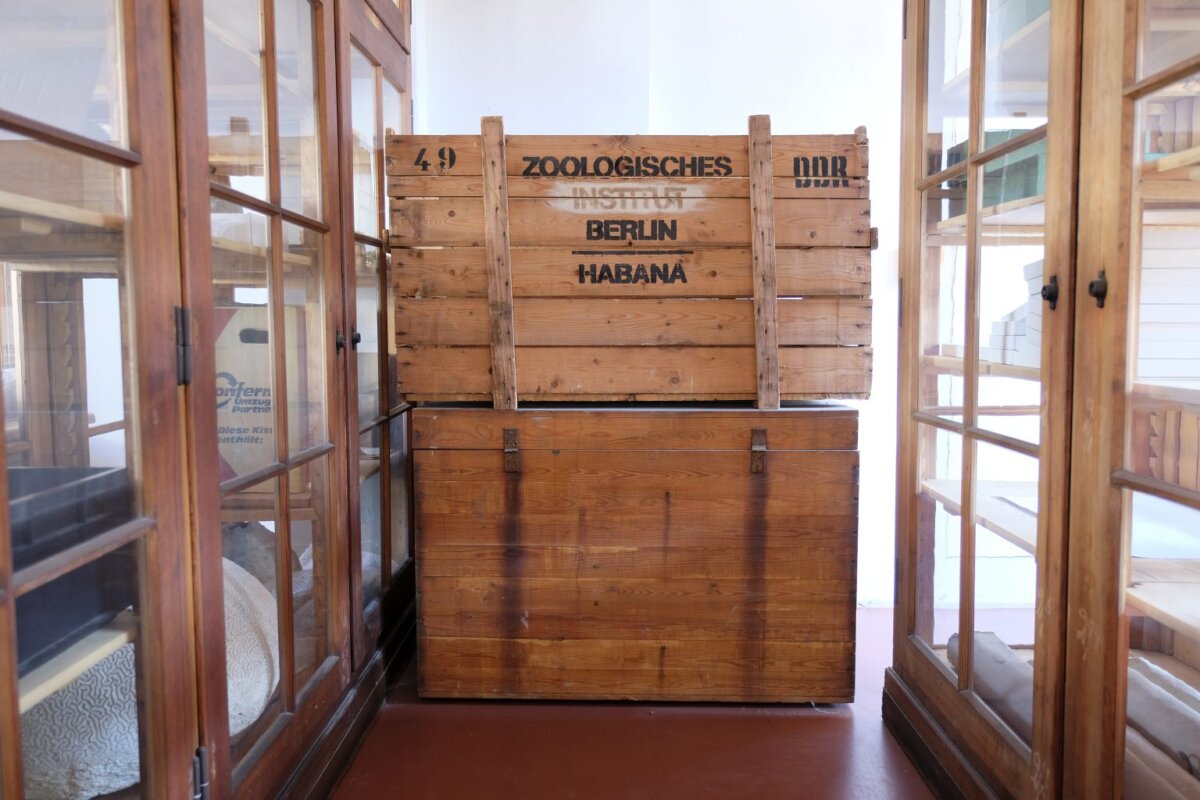Corals from Cuba tell a little-known story of science and politics, of collecting and destruction, of images and likenesses.
Less than a decade after the Cuban Revolution, scientists and taxidermists from the Institute for Special Zoology and the Zoological Museum of the Humboldt Universität zu Berlin (HU) set off to the coast of Cuba in 1967. A ten-metre-wide section of reef, true to its original form, was to be brought to the GDR capital for the Berlin public. However, plans soon changed. The aim was no longer to salvage an original reef, but rather to collect particularly appealing corals and fish and combine them to form a “typical likeness”. With hammers, chisels, jackhammers and harpoons, and mobilising enormous resources, the team quarried the various corals from different formations and caught fish and other organisms for eight weeks, together with five recreational divers from the GDR’s Society for Sport and Technology (GST) and colleagues from the Institute of Oceanology at the Cuban Academy of Sciences.

